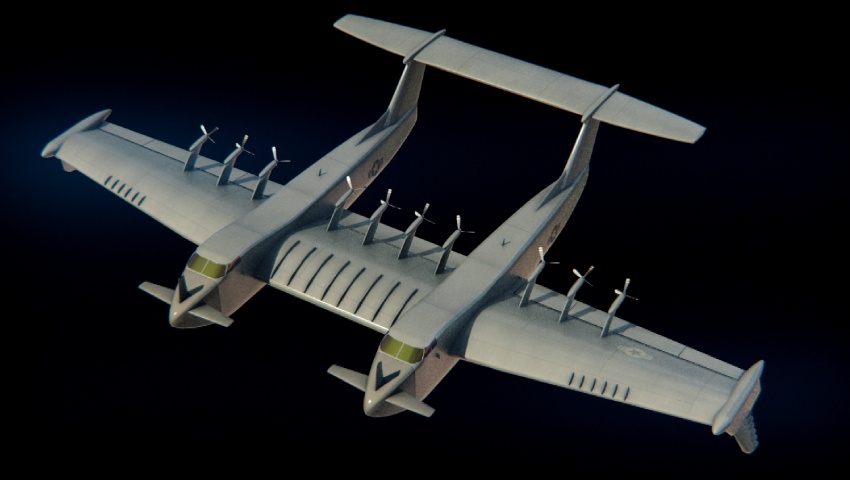The agency has commenced the development of a new long-range seaborne strategic and tactical lift platform.
To continue reading the rest of this article, please log in.
Create free account to get unlimited news articles and more!
The Defense Advanced Research Projects Agency (DARPA) has officially launched its “Liberty Lifter” program – aimed at designing, building, and flying a long-range, low-cost X-plane capable of seaborne strategic and tactical lift.
The Liberty Lifter would build on existing cargo aircraft, in a bid to deliver next-generation heavy air lift abilities from the sea.
To achieve this, the work is expected to involve combining fast and flexible strategic lift of large, heavy loads with take-off/landing capability in water.
The platform’s structure is tipped to enable both highly controlled flight close to turbulent water surfaces and sustained flight at mid-altitudes.
Ultimately, the Liberty Lifter program seeks to address issues with traditional sealift capability, which can be vulnerable to threats, requiring functional ports, and could result in long transit times.
“This first phase of the Liberty Lifter program will define the unique seaplane’s range, payloads, and other parameters,” Alexander Walan, a program manager in DARPA’s tactical technology office, said.
“Innovative advances envisioned by this new DARPA program will showcase an X-plane demonstrator that offers warfighters new capabilities during extended maritime operations.”
The key focuses of the program are expected to include:
- operating in turbulent sea states by creating high-lift abilities at low speeds to reduce wave impact load during take-off/landing, and innovative design solutions to absorb wave forces;
- addressing risks of vehicle collision during high-speed operation in congested environments; and
- ensuring the vehicle can operate at sea for weeks at a time without land-based maintenance activities.
Construction of the concept vehicle is expected to prioritise low-cost, easy-to-fabricate designs over exquisite, low-weight concepts.
Advanced sensors and control schemes would also be leveraged to avoid large waves and to handle aero/hydro-dynamic interactions during take-off/landing.
[Related: DARPA to explore space-based HF analysis technology]

 Login
Login







